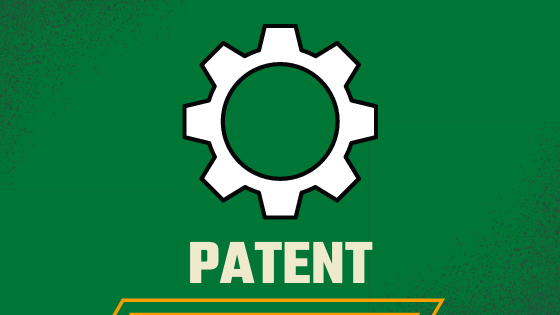There are several different types of patent applications, each with its own purpose. Of the types of applications described below, a provisional application is a type of utility patent application; the other types of applications may be filed in utility, design, and plant patent cases.
The Provisional Application
In 1995, Congress created a new type of utility patent application, the provisional patent application. Provisional patent applications are utility patent applications that remain pending for one year and are not examined for patentability. Provisional applications are required to contain a full disclosure of the invention and drawings (if applicable), much like a regular utility patent application, but they do not require claims, nor do the inventors need to sign an oath or declaration in connection with the application.
Basically, a provisional patent application allows an inventor to file for protection and establish a priority date for the application while allowing up to a year to continue to improve the invention. The year of pendency of the provisional application does not affect the term of the eventual patent. Provisional patent applications are most appropriate for those inventors who have a working invention, but who foresee changes or need additional time to complete experimentation or testing. However, if an invention is in its final anticipated form, a nonprovisional utility patent application may be more appropriate. As you can see it is not quite simple and getting professional help from agencies such as InventHelp is highly recommended – more information about InventHelp here.
There may be something of a tendency to think that because provisional applications do not require claims, they are somehow more informal, vastly less expensive, and/or do not require as thorough an effort. That is not the case. Provisional applications are required to meet the same rigorous standards for description as regular utility patent applications, and there are even circumstances in which it behooves an applicant to prepare a set of claims. Those who obtain only a quick or informal provisional patent application often end up buying nothing more than a false sense of security, for it may be found later that a provisional application does not provide enough description to entitle an applicant to claim priority to it.

The Continuation Patent Application
A continuation patent application is a patent application that claims priority to a prior patent application, names as an inventor at least one inventor listed in the prior application, and contains the same disclosure as the prior application. Continuation applications are filed in the course of prosecution for a number of reasons. Perhaps the most common reason for filing a continuation application is to obtain broader patent protection by filing broader or different patent claims than were originally filed in the first application. A continuation application must be filed while the application to which it claims priority is still pending. Don’t get lost and hire a patent agency like Invent Help to help you out – learn why new inventors turn to InventHelp.
The Continuation-in-Part Patent Application
A continuation-in-part (CIP) application is a patent application that claims priority to a prior patent application, names as an inventor at least one inventor listed in the prior application, and contains at least some of the same disclosure as in the prior application. A CIP application may also contain new disclosure that was not included in the prior patent application, and may also contain claims directed to the new disclosure. A CIP application receives the benefit of the prior patent application’s priority date for subject matter that was disclosed in the prior patent application.
A CIP application is usually filed if, during the prosecution of a patent application, new embodiments of the invention are developed that were not included in the original application. Like a continuation application, a CIP application must be filed while the prior patent application is still pending.
The Divisional Patent Application
Patent Office rules generally require an inventor to claim only one invention per patent application. If, during examination, it appears to the patent examiner that more than one invention is being claimed in a patent application, the patent examiner may impose a restriction requirement and require the applicant to select a single invention for examination. Divisional applications are then filed to pursue the “extra” inventions that were denied consideration in the first application. Like a continuation application, a divisional application claims priority to the prior patent application, names at least one of the same inventors, and contains the same disclosure as the prior application. A divisional patent application must also be filed while the prior patent application is still pending.



